






The name Iringa is derived from the Hehe word lilinga, which means fortress. Fortress means stronghold, a place of defense and protection against large-scale attacks, a large, strong building or group of buildings that can be defended from attack. Iringa is the administrative capital of Iringa Region. The town stretches along a hilltop overlooking the Little Ruaha River to the south and spreads along ridges and valleys to the north. Iringa is in the

Udzungwa Mountains, and the altitude of the town’s environs is more than 1,550 meters (5,090 ft) above sea level making it one of the coldest towns in Tanzania.
The town was built during the 1890s by the German Army as a defensive base against the Hehe uprising led by Chief Mkwawa. The fortress and headquarters of Chief Mkwawa were situated in the nearby village of Kalenga. The Bantu Hehe (Swahili collective: Wahehe) is the tribe that is home to Iringa town.
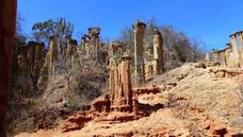
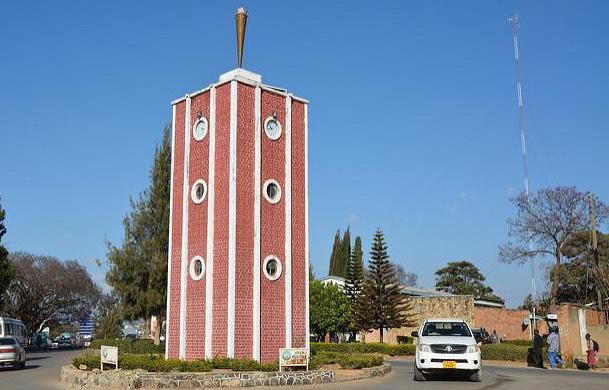
What is Iringa known for?
Iringa is known for some of its popular attractions, which include: Ruaha National Park. Isimila Stone Age Site. Iringa Boma - Regional Museum and Cultural Centre, Ligereke Rock Paintings.
What is the famous traditional food of Hehe?
“Kande” (Makande) is the traditional meal of Hehe. They are made of boiled beans and corn and beans are boiled together for a very long time ...

What is the traditional dance of the Hehe tribe?
A special traditional dance called “Kudua”. They enjoy this dance at weddings and celebrations. They stomp their feet on the ground and sing at the same time
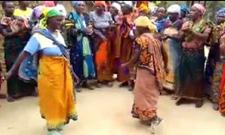
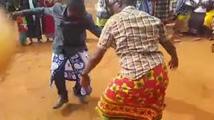
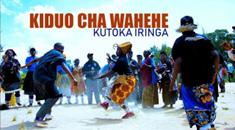
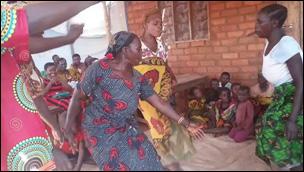
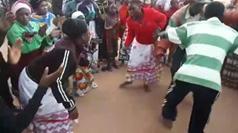
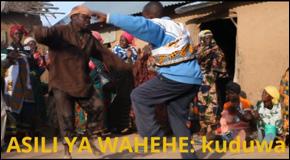
Located in the southern highlands of Tanzania, near the country’s legislative and government capital of Dodoma and the agricultural center of Morogoro. Iringa is a pleasant small town and focuses on regional agriculture and production. Its streets are quiet and peaceful, and the market offers a colorful scene of traditional African culture. Iringa overlooks the Little Ruaha River, a popular stopping point for visitors to Ruaha National Park. Iringa town is situated at a latitude of 7.77°S and a longitude of 35.69°E. The name Iringa originates from the word “Lilinga” which means fortress. The town was built during the 1890s by the German colonizer’s army as a defensive base against the Hehe following their defeat at Lugalo in 1891 at the hands of Chief Mkwawa and the subsequent destruction of his Hehe stronghold in 1894.
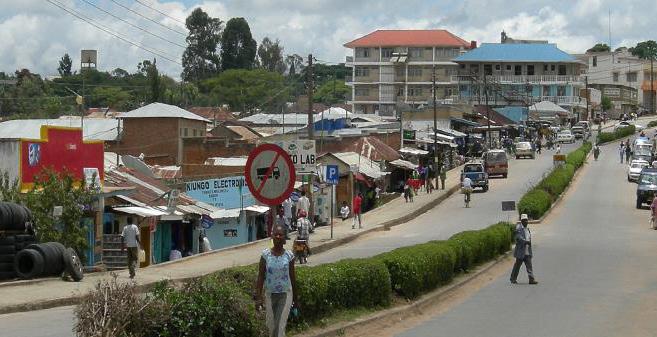
Iringa town is on a plateau ranging from 1,500 meters to 2,500 meters above sea level. Significant geological features include numerous steep rocky hills that punctuate the landscape, and the Little Ruaha River that runs through the municipality. The months of June, July, and August can see low temperatures near freezing. The Tanzania - Zambia Highway passes through the valley below the municipal. The highway distance from Iringa to Dar es Salaam is 502 kilometers (312 miles).

Historically, Iringa was a center of colonial administration. During the German occupation, the German military constructed the town as a fortified defense against marauding Hehe tribal warriors intent on driving them out of the region. Gangilonga Rock, a site just outside of the town is a legendary spot where the Hehe
chief at that time - Chief Mkwawa met with his people and decided how to fight the Germans. Iringa was also the site of several battles during the First and Second World Wars and Commonwealth War Graves are located just outside of town.
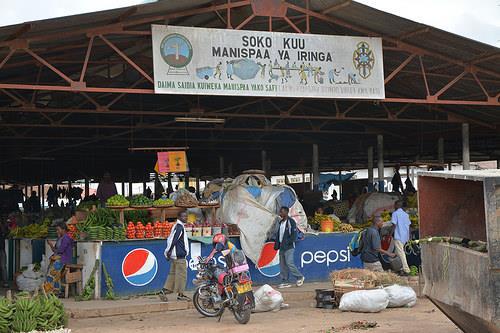
Iringa has been one of the coldest regions in Tanzania due to its geographical location but that has attracted a lot of tourists from colder regions abroad, especially Western Europe. Iringa also hosts one of Africa’s largest national parks, the Ruaha National Park. Iringa is a town in central Tanzania. It sits on a cliff in the Southern Highlands region, overlooking the Ruaha River Valley. The town center has German colonial buildings and a popular market. The Commonwealth War Graves Cemetery memorializes soldiers who died in local battles during WWI and WWII. From Gangilonga Rock, which was once an important chieftain meeting spot, views stretch over the town. Iringa is known for some of its popular attractions, which include: Ruaha National Park · Isimila Stone Age Site, Ligereke Rock Paintings, and Gangilonga Rock.

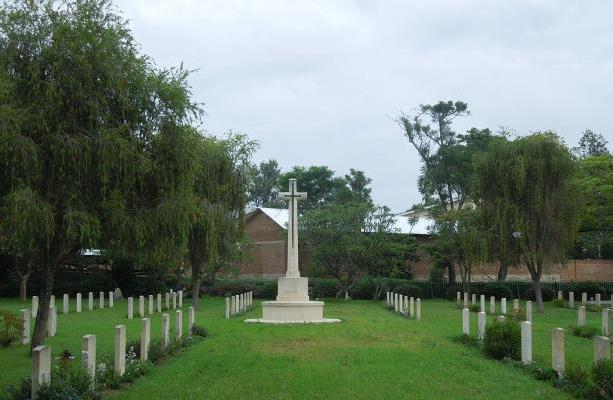
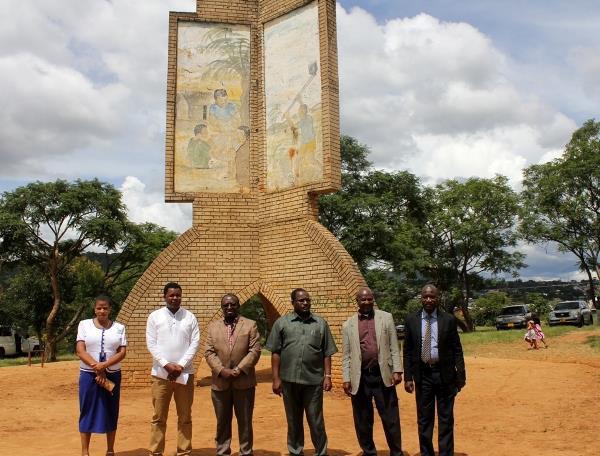
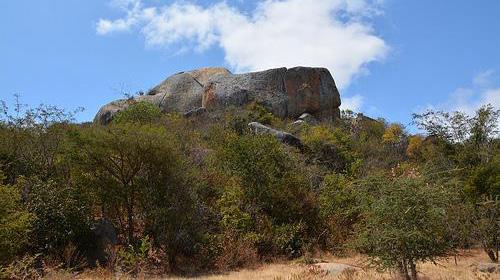

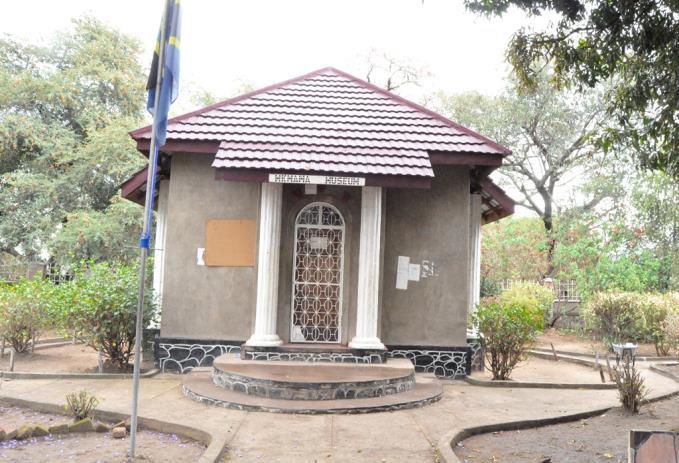
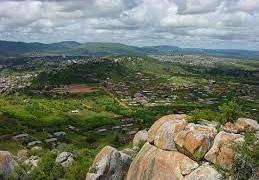
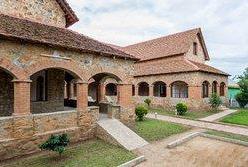
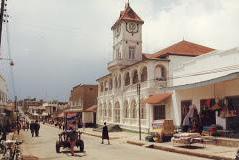
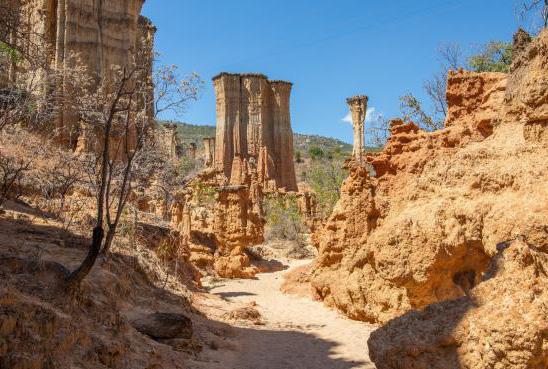
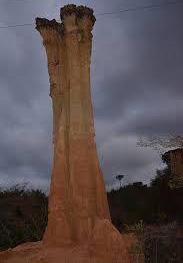
famous
the
and Fossilized Bones in 1951. Key attractions while visiting the Isimila
include a forest reserve in the mountains within tea plantations, rich collections of Stone Age tools, and the scenic beauty of the place brought by the existence of spectacular sandstone pillars that are carved out by an extinct river.
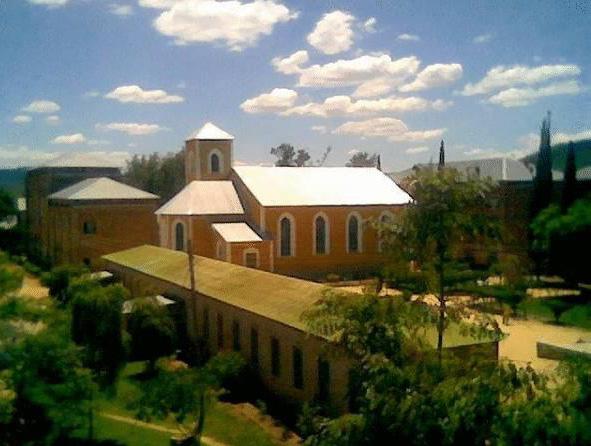
On 17 August 1891, the Germans were defeated in Lugalo. It took them three years to reorganize. They were attacked by Chief Mkwawa’s 3,000-strong army at Lugalo, who, despite being equipped with only spears and a few guns, quickly overpowered the German forces and killed Zelewski Chief Mkwawa (he committed suicide after realizing that he was surrounded by German soldiers), the winner of the 1891 battle, which was also the first invasion of Germans against the Hehe tribe, fought from Lugulu hill, throwing heavy stones towards the Germans. This battle strategy was called ‘Tosa-manganga’, meaning ‘throw stones. The success of that battle was so meaningful to the Hehe tribe pride that, as a result, they named the location ‘Tosamaganga’
Mtwa (Chief) Mkwawa, chief of the Hehe and one of German colonialism’s most vociferous resisters, is a legendary figure in Tanzanian history. He is particularly revered in Iringa, near which he had his headquarters. Under Mkwawa’s leadership during the second half of the 19th century, the Hehe became one of the most powerful tribes in central Tanzania. They overpowered one group after another until, by the late 1880s, they were threatening trade traffic along the caravan route from western Tanzania to Bagamoyo. In 1891, after several negotiation attempts by Mkwawa with the Germans were rejected, his men
trounced the colonial troops in the infamous battle of Lugalo, just outside Iringa on the Mikumi road. The next year, Mkwawa’s troops launched a damaging attack on a German fort at Kilosa, further to the East.
The Germans placed a bounty on Mkwawa’s head and, once they had regrouped, initiated a counterattack in which Mkwawa’s headquarters at Kalenga was taken. Mkwawa escaped, but later, in 1898, committed suicide rather than surrender to a contingent that had been sent after him. His head
was cut off and the skull sent to Germany, where it sat almost forgotten (though not by the Hehe) until it was returned to Kalenga in 1954. The return of Mkwawa’s remains was due, in large part, to the efforts of Sir Edward Twining, then the British governor of Tanganyika. Today, the skull of Mkwawa and some old weapons are on display at the Kalenga Historical Museum, about 13km out of town and just off the road to Ruaha National Park.
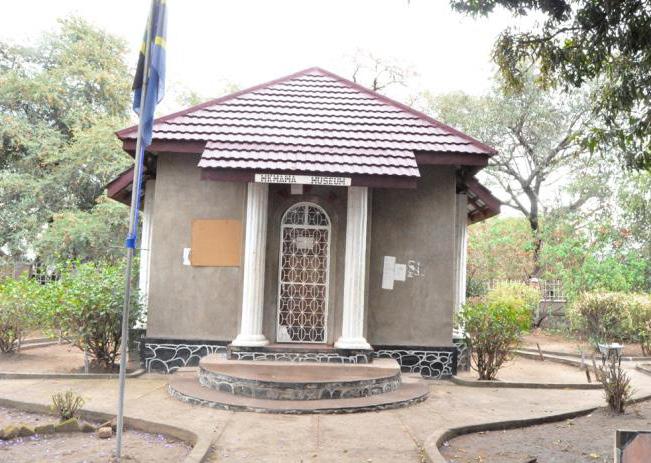
Chief Mkwawa Museum

Chief Mkwawa Museum
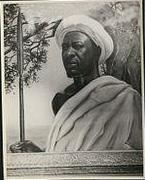
Chief Mkwawa
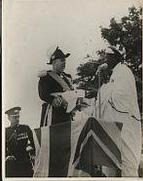
Sir Edward returning the skull
Chief Mkwavinyika Munyigumba Mwamuyinga (1855–19 July 1898), more commonly known as Chief Mkwawa, was a Hehe tribal leader in German East Africa (now mostly the mainland part of Tanzania) who opposed the German colonization. The name “Mkwawa” is derived from Mukwava, itself a shortened form of Mukwavinyika, meaning “conqueror of many lands”. Mkwawa was born in Luhota and was the son of Chief Munyigumba, who died in 1879.
Ruaha National Park is approximately 120km away from Iringa town. Ruaha is part of Tanzania’s southern safari circuit, often combined with Selous Game Reserve and Nyerere National Park. Although Ruaha does not contain rhinos, it is home to the largest concentration of elephants in Tanzania, lions, and even crocodiles on the shores of the Great Ruaha River. June to October is regarded as the best time to visit Ruaha National Park. The national park experiences its dry season over this period, providing the ideal conditions for fantastic game viewing. Key animals found in Ruaha National Park includes elephants, zebra, lion, giraffe, hunting dog, ostriches, greater and lesser kudu, grants gazelles, striped hyena, sable, and roan antelopes, crocodile, and hippos mainly in Ruaha River. More than 540 species of birds have been recorded in this park.
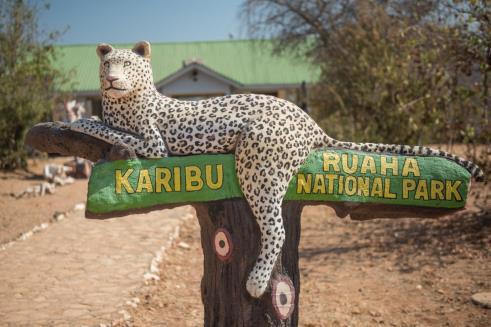
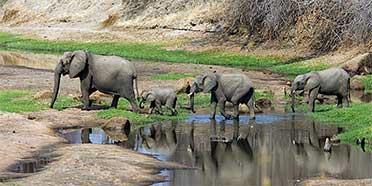
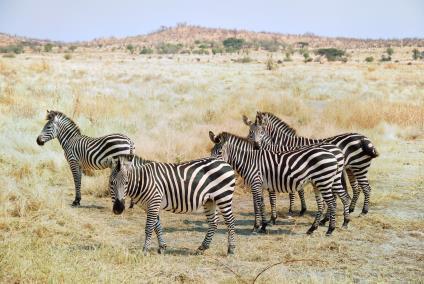
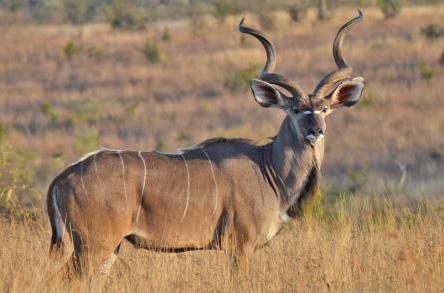
Driving 502km from Dar you can reach Iringa by bus or Town by Air (from Dar es Salaam International Airport or by Road from Dodoma. Iringa has several modern hotels, guest houses, and restaurants few to mention include the Mount Royal Hotel, Hidden Valley Hotel, Gentle Hill Hotel, Neema Craft Centre, Iringa Lutheran Center, La Vista Garden Hotel, Sai Villa Hotel, Alexander Hotel, Wilolesi Hilltop, Lumilo Classical Hotel, Stonescape Resort Hotel, Ismila Hotel, Hotel, Queen Esther Hotel and many more. Find them on Google to contact them for booking
Quick Stop at Iringa what to buy?
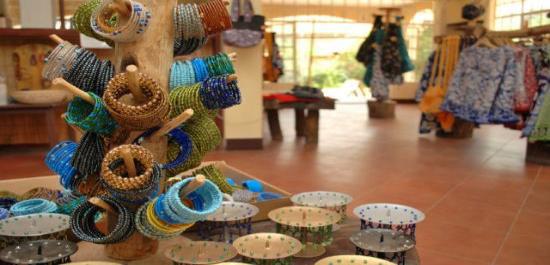
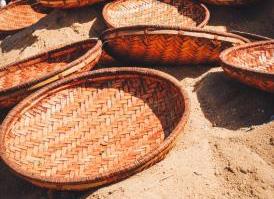

P.O. BOX 42747 Dar es Salaam, Tanzania; email: info@jmmedia.co.tz

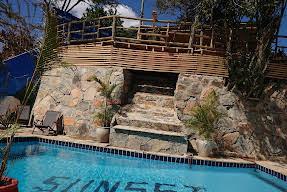
Mount Royal Villa Hotel
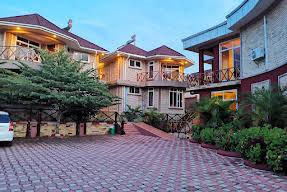
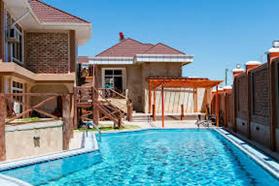
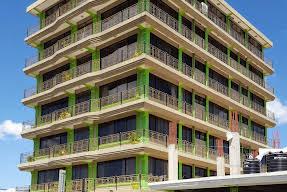
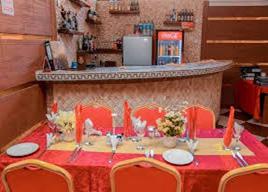 Iringa Sunset Hotel
Alexander Hotel
Iringa Sunset Hotel
Alexander Hotel

